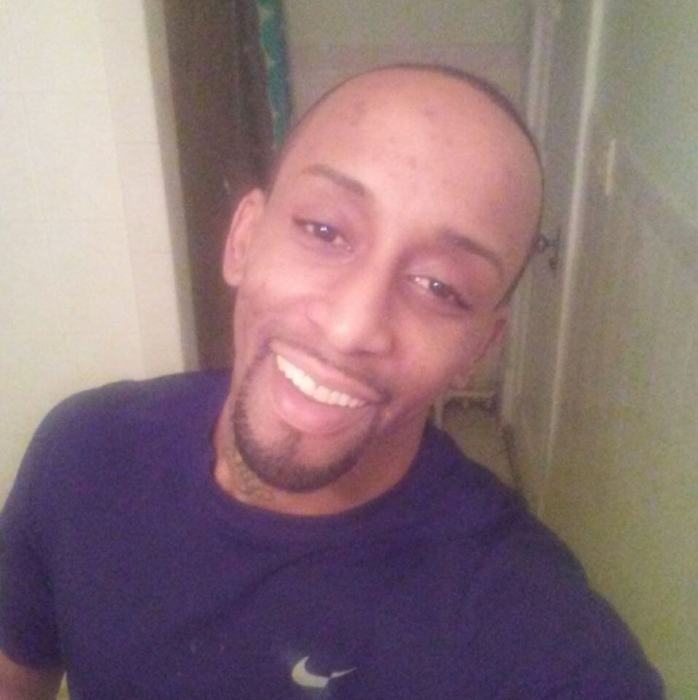DESIGN BY MICHAEL SHIREY
There is no doubt that we’re better off than we were ten years ago.
At this time in 2002, New York State did not yet have a gay rights law — despite 31 years of protests and demands in Albany. Republican Governor George Pataki had, by September 2002, clearly signaled his interest in signing such legislation, but the GOP-led State Senate was still not prepared to play ball. A month later, when the Empire State Pride Agenda announced its support for Pataki’s reelection, the logjam finally broke. The law won approval that December.
Less than nine years later, Democratic Governor Andrew Cuomo signed marriage equality legislation, making New York the sixth and largest state to allow same-sex couples access to civil marriage rights. Again, the State Senate was the final hurdle and, again, it was led by Republicans.
New York’s GOP has shown a pattern of resistance and then accommodation on LGBT rights. That is a clear sign of progress, but also of the need to keep the pressure up wherever necessary.
Gay and lesbian soldiers, 13,650 of whom were discharged under Don’t Ask, Don’t Tell from 1994 through 2010, can now serve openly. Statutes criminalizing sodomy have been swept away. The president of the United States supports equal marriage rights for gay and lesbian couples, his attorney general no longer defends the so-called Defense of Marriage Act in court, and his secretary of state gave a bold and inspiring speech equating gay rights and human rights last December. US immigration and customs regulations no longer bar the entry of visitors who are HIV-positive, an advance that led to the International AIDS Conference being held in the US this past July for the first time in two decades.
LGBT students in New York State schools now have protections against bullying and harassment, and a nationwide YouTube campaign assuring queer young people that “It Gets Better” has drawn participants from all walks of life — sports stars, entertainers, business leaders, and, once again, the president.
PAUL SCHINDLER/ DESIGN BY MICHAEL SHIREY
PAUL SCHINDLER/ DESIGN BY MICHAEL SHIREY
To be sure, much work remains ahead of us. The “It Gets Better” campaign was launched two Septembers ago after a summer in which suicides by LGBT youth suddenly spiked — in visibility, if not in incidence. In New York, far too many queer young people remain homeless on our streets, trade their bodies for a roof over their head, or, more innocuously, surf on the couches of friends and acquaintances. The state has fallen behind the national leading curve in the protection of transgender rights. HIV transmission, which has shown declines in recent years in other communities, remains stubbornly persistent among our city’s gay and bisexual men, particularly men of color. False arrests of gay men on prostitution charges in Manhattan video stores several years ago — though halted after being exposed — demonstrate how police still too often look at gay visibility as criminal.
On the national level, the tasks before us are greater. More than 80 percent of the states still don’t allow gay and lesbian couples to marry; a good share of them through constitutional amendments. Even those American couples who are married have no federal rights associated with their union; for couples where one member is a foreign national, deportation remains a very real risk.
But the challenge is even more fundamental than that. Nearly three in five states offer no basic civil rights protections to their LGBT residents, and no federal statute fills that void. The Obama administration has made progress in providing limited protections through executive regulations, but after two decades, Congress has still not passed a basic nondiscrimination law, one that, to date, has focused only on employment — leaving for another day bias in housing, public accommodations, credit, and other areas.
Secretary of State Hillary Clinton’s dramatic call for global LGBT rights — and the backlash it created in certain diplomatic circles around the globe — point up just how oppressed queer people remain in most nations in the world.
PAUL SCHINDLER/ DESIGN BY MICHAEL SHIREY
PAUL SCHINDLER/ DESIGN BY MICHAEL SHIREY
As Americans and New Yorkers, we can certainly take pride and satisfaction in the progress we’ve made — from Albany to Washington to Hollywood — but the elections now just six weeks away remind us of the fact that, in a democracy, at least some advances can be transitory. The recent political conventions provided the starkest contrast to date between a Democratic Party unembarrassed about embracing our community’s aspirations and a Republican Party still willing to give at least lip service to the most reactionary anti-gay forces — and give LGBT Americans next to nothing.
Our community also faces four marriage equality ballot questions in November — in Maryland, Maine, Minnesota, and Washington State. After losing more than 30 such contests, we must, as Maryland Governor Martin O’Malley told Gay City News in a recent visit to New York, “show we can win at the ballot box” if we expect progress to continue.
And next week, the Supreme Court — compromised of five members appointed by Republican presidents and four by Democrats — opens its new session, during which it may well take up both the Defense of Marriage Act and California’s Proposition 8.
The irony of this tenth anniversary for Gay City News, then, is that even as we look back on a decade of astonishing progress, we are perched on the cusp of a critical, even watershed moment in our community’s history. Forward or backward. Freedom or continuing constraints. Justice or injustice. Love or bigotry.
These are the choices that lie immediately in front of us in the autumn of 2012.
PAUL SCHINDLER/ DESIGN BY MICHAEL SHIREY







































